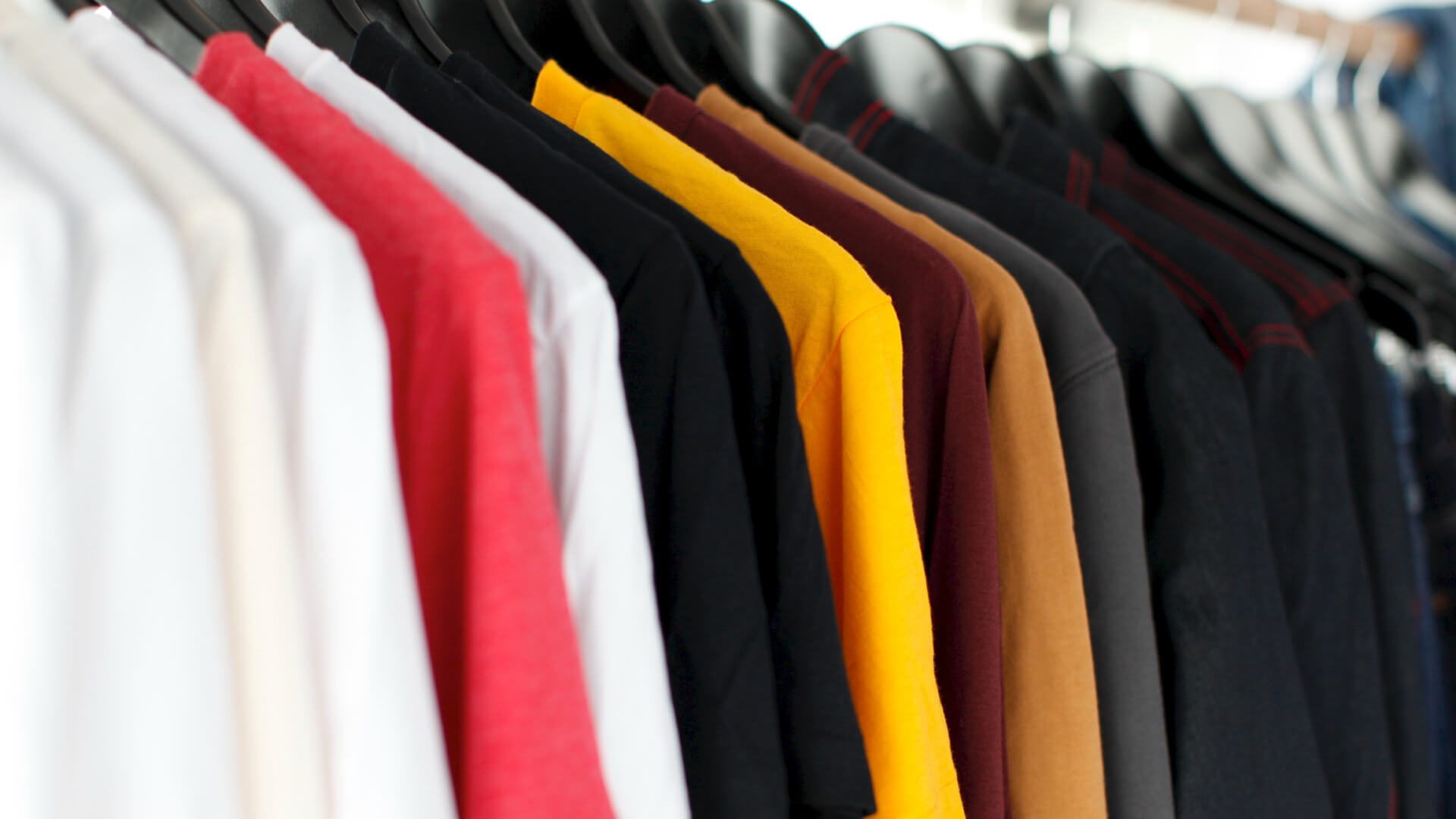Why are there screen printing minimums?
Why can’t I print just one shirt? If you’ve wondered this, you’re not alone. We hear this question about screen printing minimums all the time here at iSpace Office Printing. In this post, we go through the answer to this question and the reasons behind it.
Comparing Minimum Quantities
Most shops have a minimum screen printing order quantity. They are not all the same, some have low minimums of 12, some are at 24, and some are even higher. The minimum depends on the shops overhead and capabilities. Our minimum at iSpace Office Printing is just 10 shirts per design! This keeps it economically feasible so you don’t spend a fortune on a handful of garments.
In regards to cost, the base cost is averaged out over the number of shirts printed. So printing one shirt would be insanely expensive because of base fees. This is also why it often makes sense to print more shirts at once.
The Process of Screen Printing
It’s difficult to understand the need for minimums without understanding the process of setting up a screen printing job, so let’s dig into this a little deeper.
With traditional screen printing, it takes the same amount to time to process and set up a job regardless of how many shirts you want. So if you want 1 shirt or 100 shirts, the time the shop invests in your order to get it to press is the same. That includes customer service, billing, art separations, screen prep, registration, inking, and test print. Let’s say the time invested by the shop for this order is $200 after we account for all the time each department spent on the order, the cost of employees, materials, overhead of the building, etc. We haven’t found any customers, even our most loyal ones, who want to spend $200 on one shirt.
Quality Over Quantity
You have probably heard of companies that can print one shirt and advertise “no minimum printing”. The process for these jobs is completely different and doesn’t require as much time and mechanical labor. This is where quality comes in. The printing process used there is called DTG or Direct To Garment printing. Rather than applying ink through a stencil onto the T-shirt, DTG involves printing much the same way an inkjet printer prints on paper. DTG printing is less vibrant on dark colors and the print can begin to flake off within the first few washes. Though the end result may be similar, it’s quality and durability, falls short.
What are screens, anyway?
This is the basic screen printing process: One screen is used for each color to be printed. Screens must be lined up and printed on test sheets to ensure that all of the colors line up correctly. Inks are then pushed through the screens one color at a time onto the apparel. Finally, each piece is run through a large dryer to cure the inks.
How do I get a tangible preview the shirt before placing my order?
We understand that you want a tangible preview of what your garment looks like before you order 500 of them. As you know, we can’t print one shirt as a test run – but don’t worry! This is where our mocks team and our top-notch customer service comes in. We always create a digital mock-up proof of your order so you can get the best idea of what the product will look like. These samples are so realistic that many of our clients use them on their websites.
Custom Screen Printing
You can see how many steps go into one order, which is how and why screen printing minimums are determined. Preparing the art, screens, and more takes time. We do it this way to ensure you receive the best quality prints.
There are a few other details that factor into screen printing minimum order amount as well, such as the number of colors in your design, whether you want a tag printed inside collar, sleeve or outer hem. If you have more questions, feel free to contact us at (317) 694-7197. Our screen printing experts will be happy to answer them and help you get your t-shirts printed and ready to be set free to the world.

